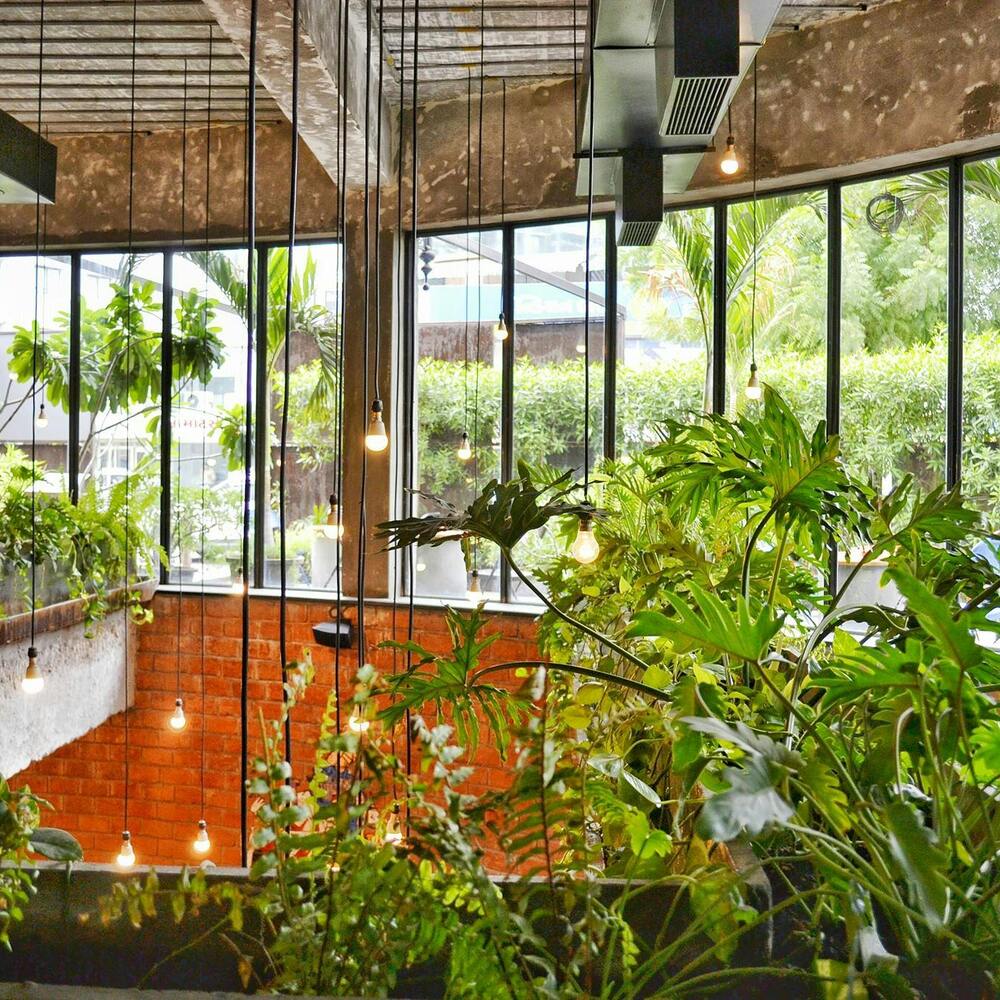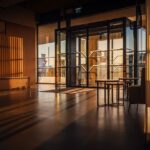In a period of growing urbanization, the need to integrate cityscapes with environment has never been more essential.
Creating functioning and sustainable urban landscapes becomes increasingly difficult as cities grow in size and population density. This is when incorporating natural elements into the surroundings is beneficial.
Needless to add, green places such as parks and urban forests can provide much-needed respite from the rush and bustle of the metropolis. They are not only aesthetically beautiful, but also contribute to the broader environmental and social fabric of the metropolitan landscape.

Not to mention their good impact on the emotional and physical health of city people.
In this article, we will uncover the finest techniques for integrating green spaces into urban construction.
The Value of Green Spaces in Urban Areas
Green places offer a variety of benefits, from social to psychological. They are extremely beneficial in urban areas for preserving the ecological balance and overall quality of life.
Environmental Benefits
Green spaces often improve urban biodiversity by providing habitat for a wide range of species. They avoid urban heat by chilling the air and lowering temperatures.
Furthermore, plants absorb carbon dioxide and release oxygen, which improves air quality.
Social and Psychological Benefits
Recent medical study has found that access to green spaces is associated with better mental health and wellness. These locations offer recreational activities while also encouraging physical exercise.
Furthermore, green spaces foster a sense of solidarity among people, promoting social cohesion.
Economic Benefits
It is well acknowledged that residences located near green spaces frequently have higher prices since they draw tourists from all over the world, benefiting the local economy.
Integrating Green Spaces in Urban Construction
Green Roofs
Vegetated roofs act as an insulator against sunlight. They also assist reduce stormwater runoff and provide habitat for wildlife.
Vertical Gardens
Vertical gardens, also known as living walls, are the technique of growing plants on the outside and inside walls of buildings. As a result, it aids in building insulation, reducing energy usage while also improving aesthetics.
Urban Forests
Urban forests are networks of trees and vegetation that provide shade and reflect heat from highly inhabited regions. Not to mention their good impact on biodiversity discussions.
Sustainable landscaping
This includes cultivating native plants and practicing environmentally friendly activities. Sustainable gardening reduces the need for chemical fertilizers and pesticides while also enhancing local wildlife habitat.
The Role of Certification and Education
As the need for sustainable urban development grows, particularly in the United States, so does the need for reputable professionals who understand how to integrate green spaces into urban settings. Obtaining a contractor’s license and formal credentials is especially useful in this situation.
Fortunately, in Florida, obtaining or renewing contractor licenses is a little easier. RocketCert provides preparation lessons and specific training programs for contractors, allowing them to develop their knowledge and confidently achieve their contractor’s license.
Remember that these programs ensure that construction crews have the necessary competence to successfully incorporate green spaces into their projects.
The Future of Urban Green Spaces
Technological Innovations
Technological breakthroughs are transforming the way green spaces are integrated into urban environments. Innovative technologies, such as smart irrigation systems and advanced soil sensors, can increase the effectiveness of urban green spaces tenfold.
Similarly, smart irrigation systems use real-time data to manage water usage for plants and other vegetation, ensuring their health while wasting no resources.
Adapting to Climate Change
Green spaces are critical to enhancing urban resilience to global climate change. They act as natural buffers against extreme weather occurrences like heat waves and floods.
Conclusion
Green spaces are an essential component of urban living, bringing new vitality to the concrete infrastructure of metropolitan houses. They have a favorable impact on the environment in many ways, including improved air quality, reduced heat, and increased community wellbeing.
Don’t forget to promote the use of green infrastructure in metropolitan areas to provide a better life for future generations.








